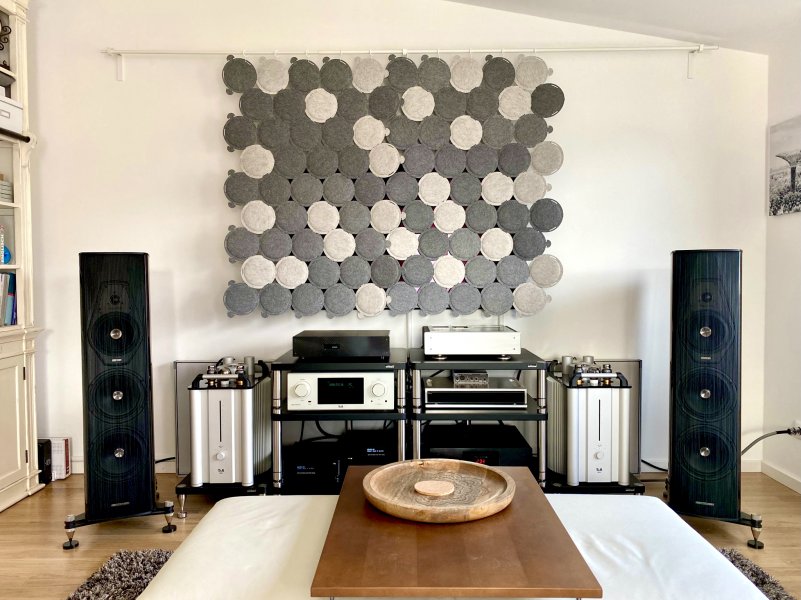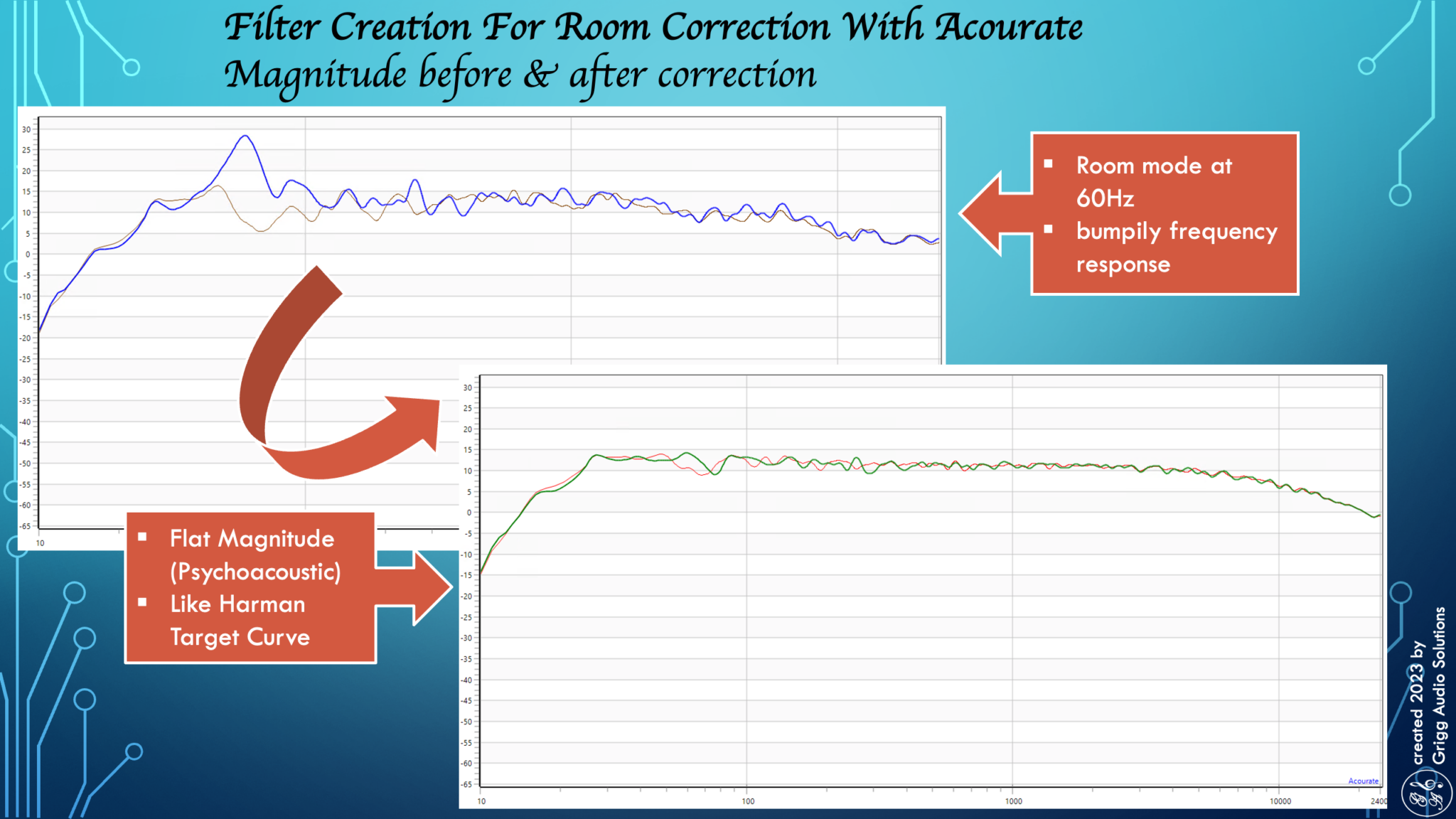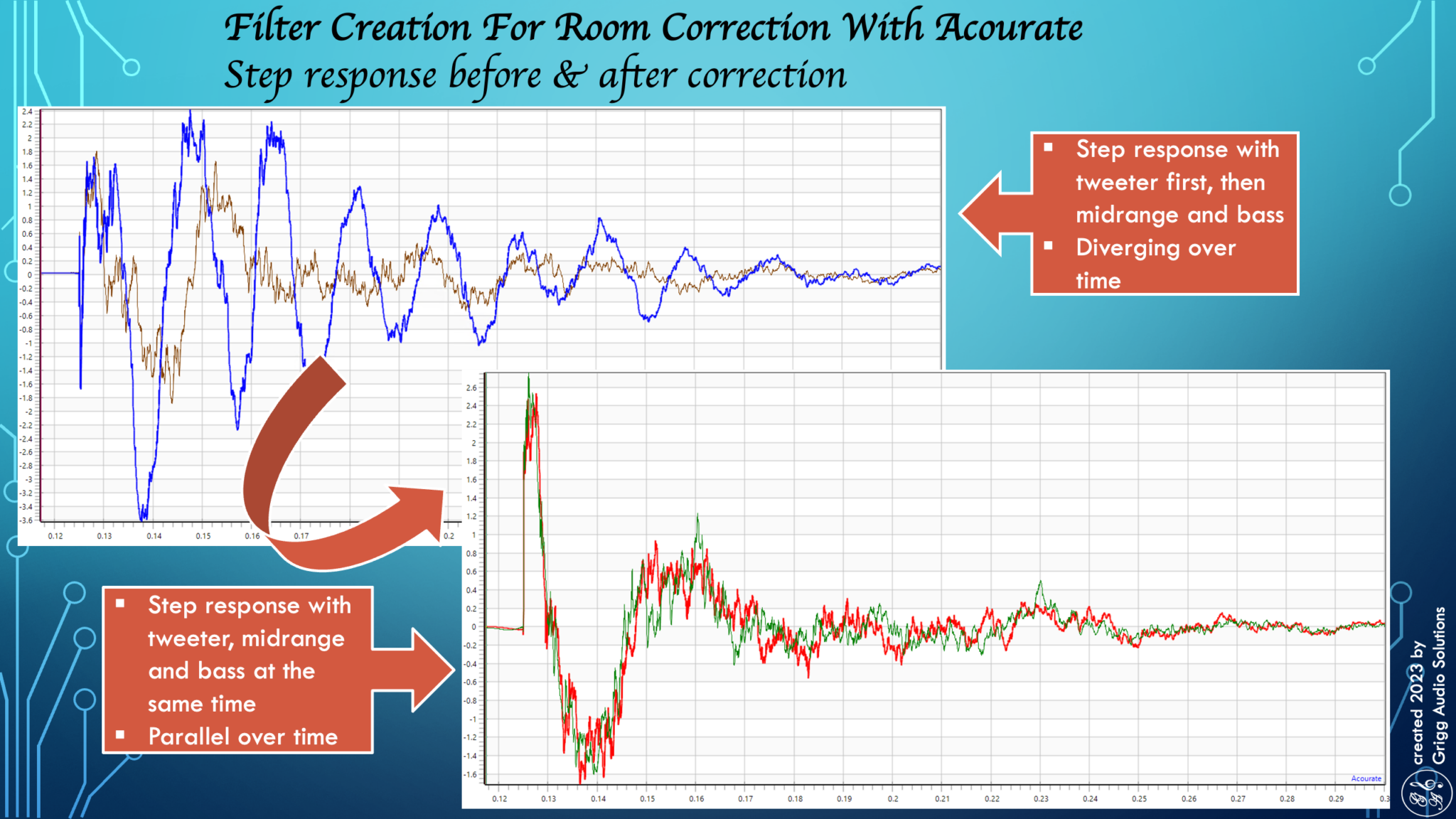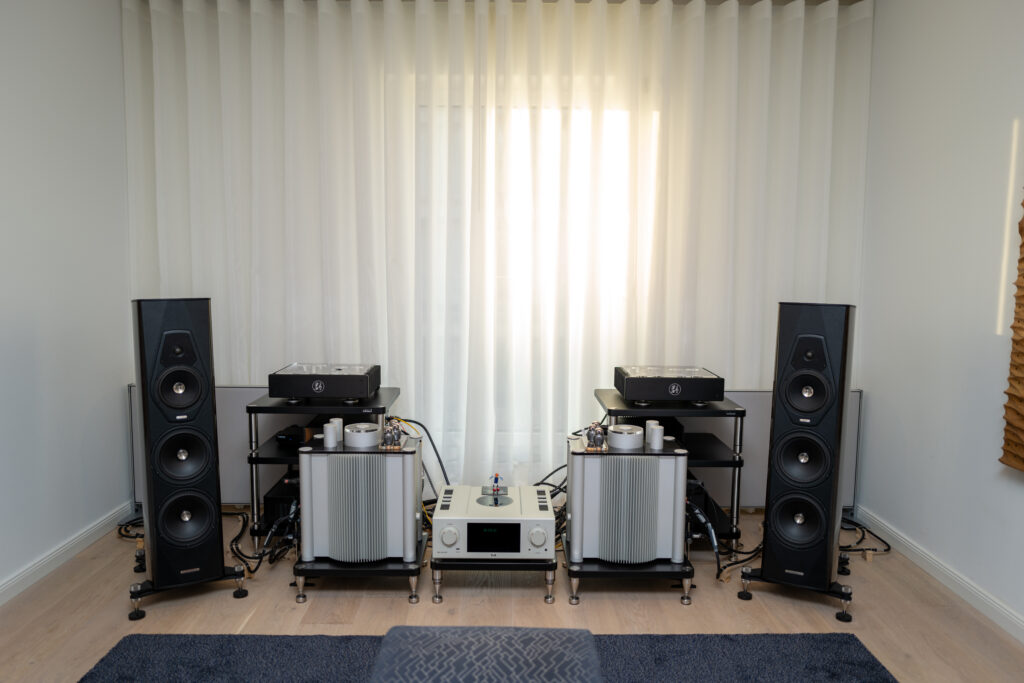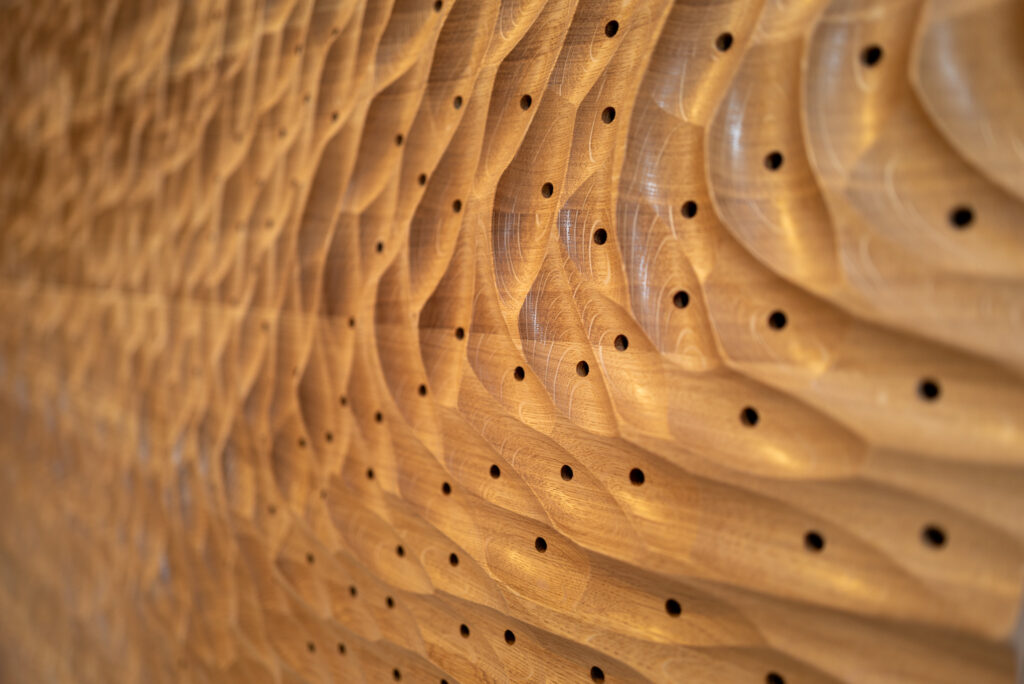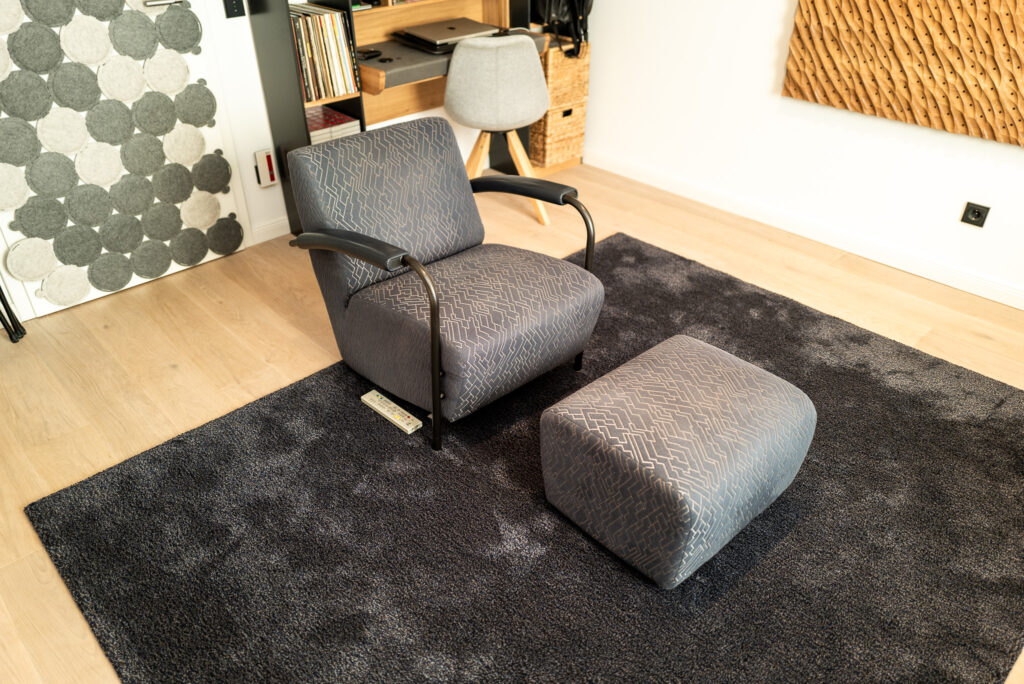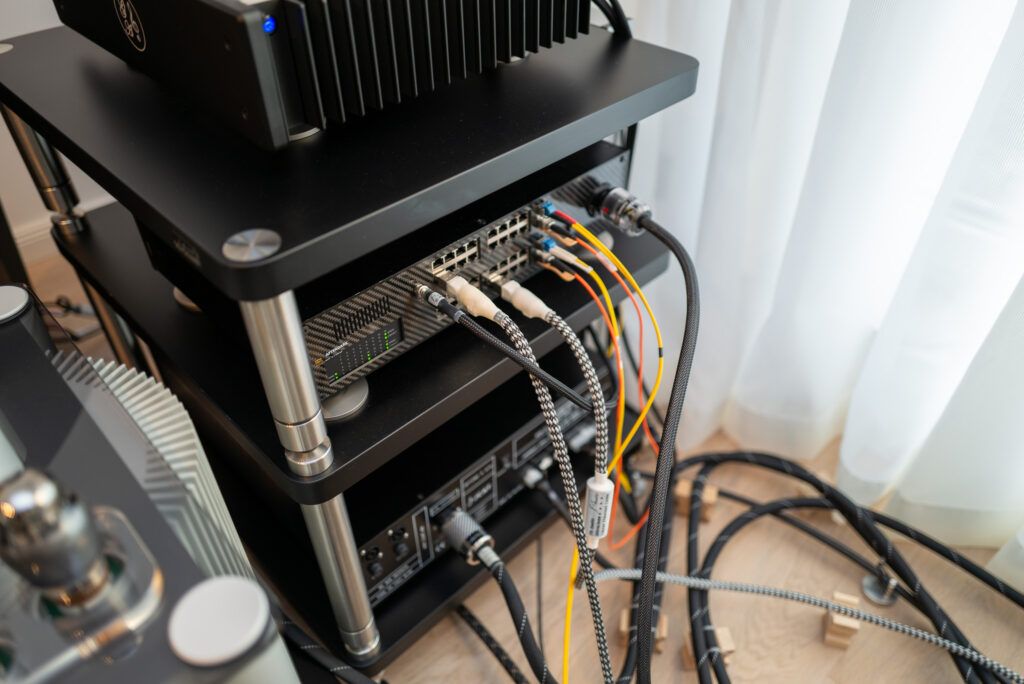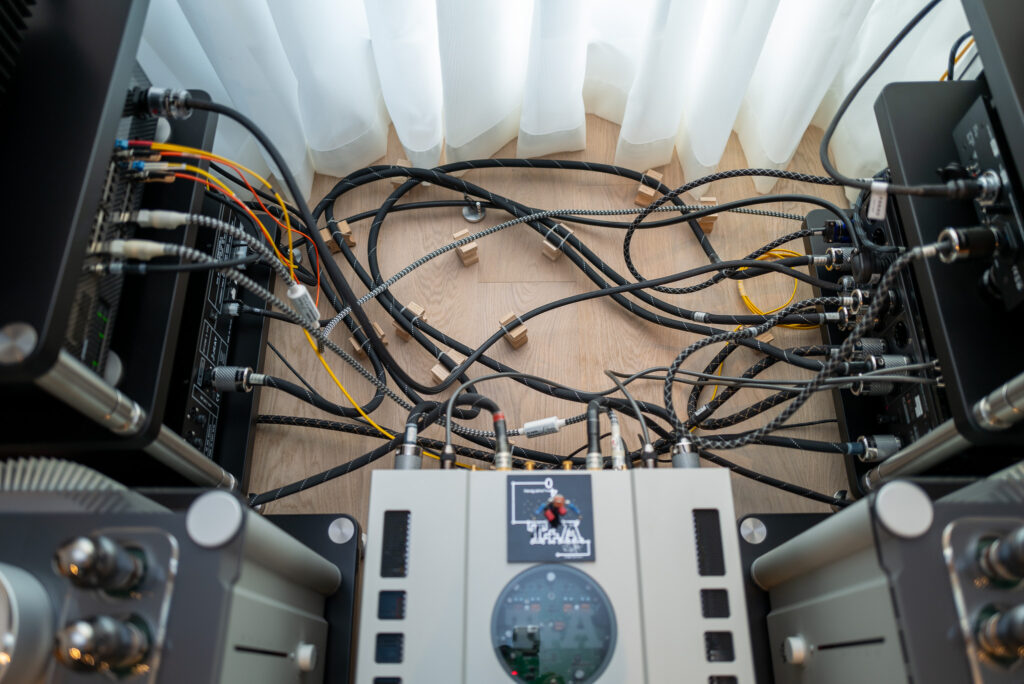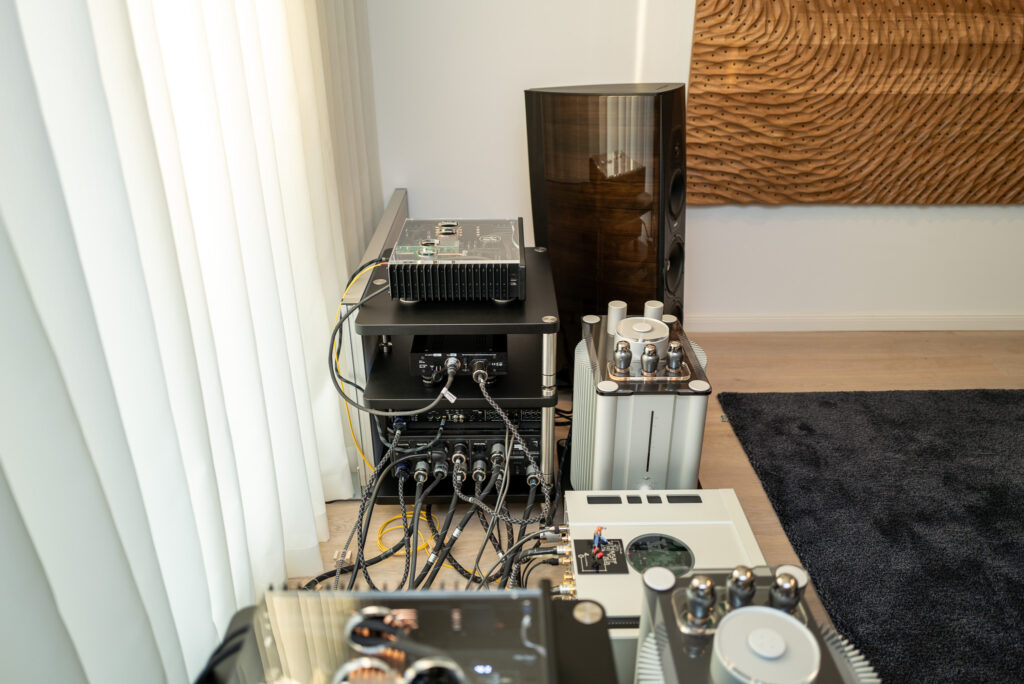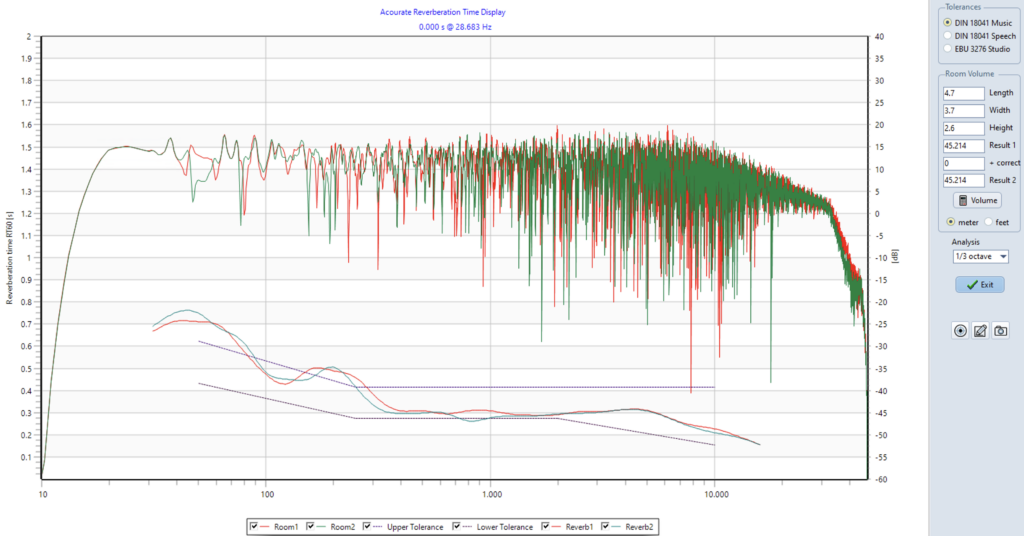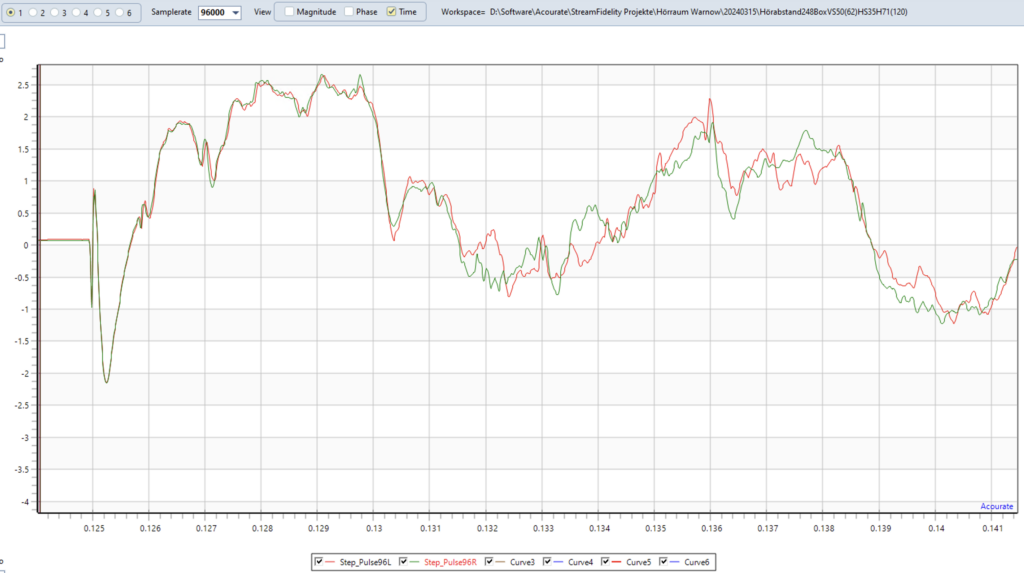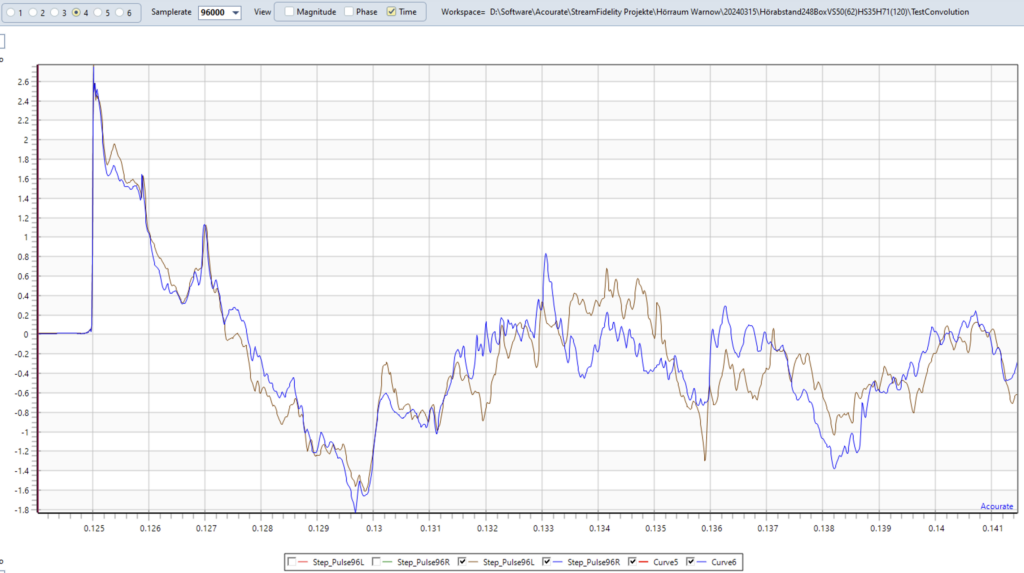The implementation of my new listening room
In Germany, the real estate market has collapsed. I mention this because 3 years ago we bought an apartment by the lake from a developer.
Then came Corona and then the Ukraine war, which made construction costs and construction financing considerably more expensive.
That's why we consider it a miracle that our developer didn't go bankrupt and our apartment was completed.
With the new apartment, I also planned my new listening room and that's what my article is about.
Installation of the system and acoustic elements
The space
In a
rectangular room, the first question is whether the speakers should be placed on the
short side of the wall or on the
long side of the wall . As you can see in the image below, I chose the
short side because of the symmetry . If I took the long side, there would be the door on one side and the window on the other, which would reflect the sound differently. The listening position would have to be positioned closer to the rear wall, which would also promote unfavorable sound reflections.
Coincidentally, the floor-to-ceiling soundproof window is right in the middle of the room and was defused with an
acoustic curtain . The corners of the room are particularly sensitive to bass modes;
bass traps could be used here. At the moment I'm avoiding it
Behind the listening position is a
bookshelf , which acts as a natural diffuser but also as an absorber. The speakers are relatively close to the side walls (70 cm measured from the tweeter). Here I know from experience that
wall diffusers will serve you very well. Absorbers on the ceiling are intended to dampen the reverberation.
There is a shag carpet on the parquet floor .
Acoustic curtain
I chose the full-surface
acoustic fabric ABSORBER LIGHT. Micro-slits in the fabric ensure a sound absorption level according to ISO 11654: αw = 0.80 (sound absorber class: B), which is really a lot.
Below in the measurements you can see in the reverberation times that the acoustic curtain
significantly reduced the reverberation from 0.4 seconds to 0.3 seconds from 300 Hz .
Sidewall diffusers
I have had very good experiences with
side wall diffusers . This time it should be something very special:
Formfeld 1 from the Munich company Vorhammer Computational Design. The design is inspired by the natural schooling behavior of fish and birds and is offered as a wall panel.
With the
hole perforation it can also be used as an
absorber . For perfect symmetry, I had the pattern produced in an exact mirror image so that
diffusion and absorption occur equally on both walls. Even the holes are absolutely identical. This is made possible by a computer-controlled CNC milling machine.
ceiling sail
There were no ceiling sails because I didn't feel like doing any drilling. It stayed with the Austrian manufacturer: Tante Lotte Design GmbH. It is a self-adhesive
acoustic panel with the descriptive name
“Klebeschaf Apps” made from
sheep ’s wool (Tyrolean virgin wool). Here are some features according to the manufacturer:
– Improvement in reverberation time: Alpha-w 0.35
– Regulation of the room climate (humidity)
– Filtering of toxins (formaldehydes) from the room air
– allergy-free, moth-proof
– dirt-repellent
Since I don't want to over-steam the room, I started with 6 apps (45x45x1.2 cm). If necessary, more to come.
Carpet and armchair
In order to effectively suppress floor reflections, I decided on the
SOLO shaggy carpet (rolf-benz.com) . Pure new wool is dirt-repellent, elastic, sound-absorbing and, in contrast to synthetic fibers, hardly absorbs odors.
My tried and tested
Leolux armchair Scylla – Leolux is very comfortable and, above all, has a
low backrest . Make sure that your armchair does not reflect sound from a high backrest, possibly made of leather. In my case, the sound passes the head unhindered and is absorbed and dispersed on the back wall by the felt absorber (door) and the library.
HiFi rack
My
HY series device platform | Selected high-end AV racks | I was able to continue using Solidsteel . I really appreciate the
modular structure. Each platform is decoupled from the other. The pipes are made of
solid stainless steel and weigh a lot.
cabling
In the picture below the cabling looks really chaotic, but it follows a certain system. In the newsletter
How to properly lay cables for your hi-fi system , I described how
incorrectly laying the cables can lead to significant
loss of sound . The reason lies in
electromagnetic interference ( EMI – Electromagnetic Interference
) and
radio frequency interference ( RFI
– Radio Frequency Interference
).
How much effort did I have to lay cables or twist when replacing cables? My wife aptly noticed that the devices were “upside down” in the rack. This time I wanted the
cables to be really easy
to access. The power cables to the GigaWatt PC4-EVO+ can be seen below. Separated into
high power, analog and
digital. The power supply runs separately from the fuse box.
Verification through measurements
The theory must be confirmed by practice. This is why extensive
measurements with different setups are important.
Reverberation time
With
Acourate – AudioVero you can easily measure and evaluate the reverberation times by entering the room dimensions and comparing them with common standards. Smaller rooms like mine require more reverberation time attenuation than larger ones. My average
reverberation time is around 0.3 seconds from 300 Hz. That's a little, but it can be even less. For comparison: music studios are usually heavily attenuated to 0.2 seconds.
I already mentioned above that the acoustic curtain dampens the reverberation very effectively. For comparison, the picture below shows a measurement
without an acoustic curtain . Here you can clearly see that the reverberation from 300 Hz is still around
0.4 seconds . That's the upper limit for my small room.
Frequency response correction
The simulation in
hunecke.de | The loudspeaker calculator already showed the problems with the room modes well. The simulation showed a strong peak between 30-40 Hz and a dip from around 50 Hz. The thin blue line is the frequency response without correction and shows exactly that. The red line shows the correction.
Without correction, the bass was thickened and imprecise and obscured the mid/high range.
Correction of the step response
When it comes to room correction, many people only think about the frequency response. Now I think correcting the
timing (phase) is even more important. Especially in multi-way systems, the tweeter (here reversed polarity) precedes the midrange and bass. After all, both speakers run in parallel due to the perfect symmetry in timing. This is rarely the case.
In the picture below you can clearly see that all chassis make the same jump upwards
at the same time .
Audiophile greetings from the Hanseatic city of Rostock
Gabriel
























